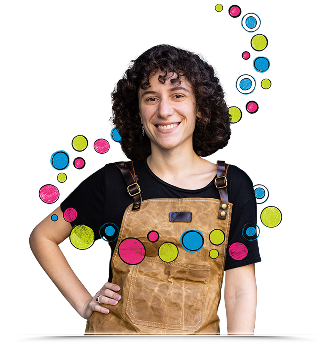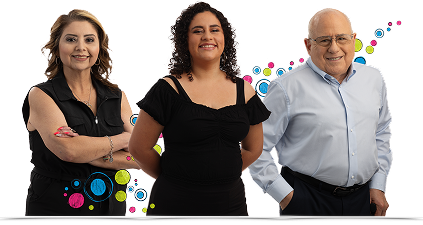FITTING VPRIV INTO YOUR LIFE
Living with GD1 sometimes means factoring in some extra planning and thinking ahead, and might mean you need some extra support an guidance as you journey through life.
The people in these hypothetical patient profiles have experienced growing up and living with GD1, navigating through various stages that you might be facing in your own life. Their experiences might help you navigate your own, similar circumstances.
MATEO – GOING TO COLLEGE
ALISON – TREATMENT CHOICE NATASHA – PREGNANCY DONNA – TAKING OTHER MEDICATION MICHAEL – FINDING SUPPORT JOHN – RETIREMENT AND TRAVELING
*Patient profiles for illustrative purposes only and do not depict actual patients
*Patient profiles for illustrative purposes only and do not depict actual patients
KEY TOPICS
- Initiating Treatment
- Home Infusions
- Setting up Infusions in a New Area
- Multidisciplinary Team
MATEO’S STORY*
Mateo was diagnosed with GD1 at age 15 after several symptoms, including fatigue and easy bruising, led to his referral to a hematologist and a medical geneticist. Because of his symptoms, it was decided he should initiate treatment, and after discussing the risks and benefits with his doctor, he and his parents decided on VPRIV. A doctor suggested they make use of QuickStart, which allowed him to initiate treatment quickly.
After six months of receiving infusions in a hospital, Mateo made the switch to home infusions. This gave him some time back, and meant his parents didn’t have to drive him to and from the hospital every two weeks.
When he was 18, Mateo applied to a college out of state. He was excited, but had some questions about how to set up his infusion schedule in a new area. As part of Takeda Patient Support, a Patient Support Specialist helped him to complete this process, and to find a local pharmacy that could supply his VPRIV treatments. Together, they created an infusion schedule that would work around his classes, and he was mindful to let them know when he would be travelling home for the holidays.
As part of his multidisciplinary team (which includes his infusion nurse, primary care physician, and physiotherapist) his therapist helped him to alleviate his concerns about moving away, and to develop a plan on how to explain GD1 to his new friends. Two years into college, Mateo is well settled into his studies and his busy schedule.
 BACK TO ALL PROFILES
BACK TO ALL PROFILES






